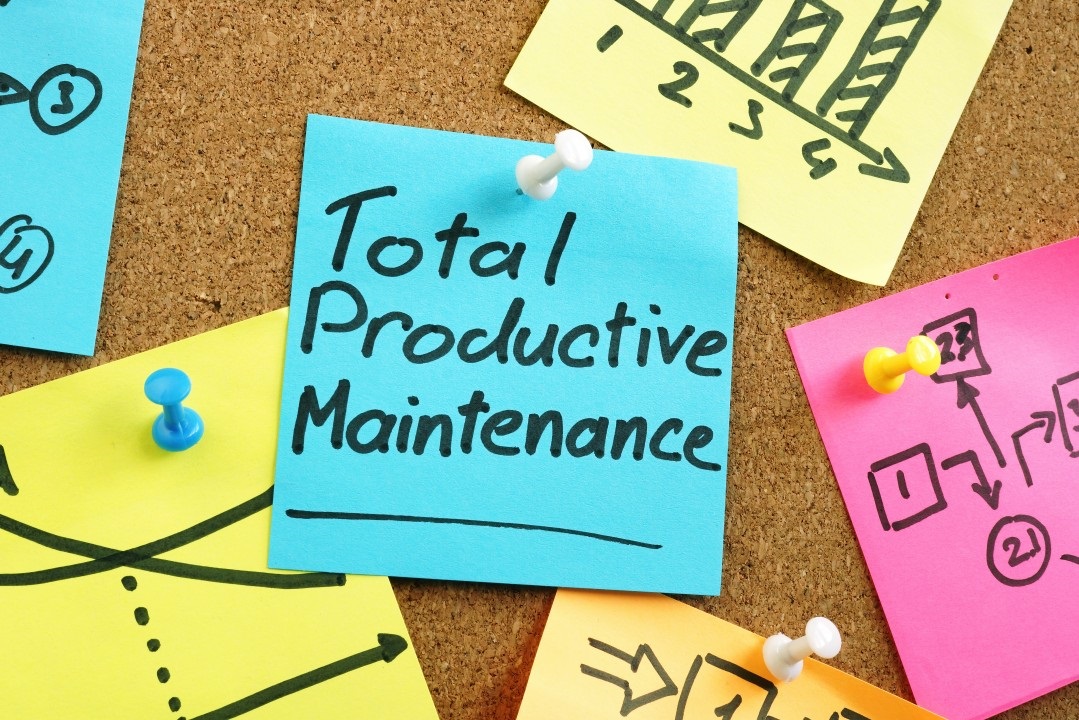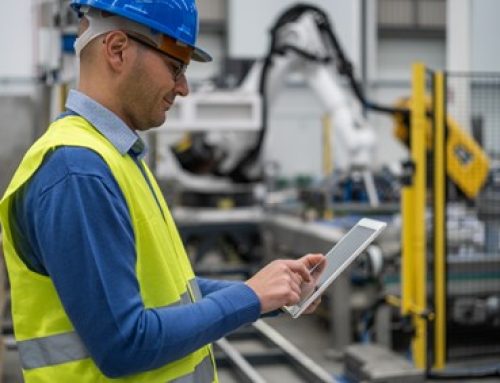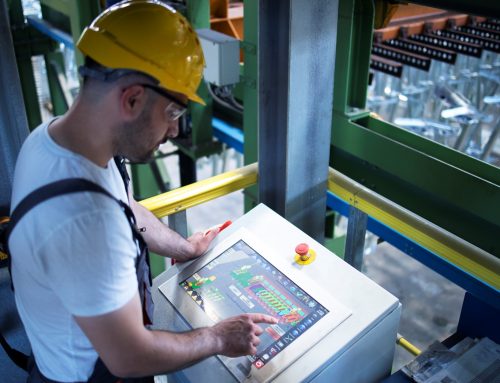Last week, we talked about Total Productive Maintenance. Today we will talk about the pillars of TPM. Do you know what they are?
1. 5S – Use, ordering, cleanliness, health and discipline or self-discipline
Just as a physical structure starts with a grounded structure, building a strong Total Productive Maintenance process requires a solid foundation in 5S principles. This is a simplified method of workplace organization in five basic steps:
- Use – separate tools, equipment and materials to identify which of them can be discarded;
- Ordering – tidy up and put things in the correct order to reduce unnecessary movement and efficiently move between workgroups and locations;
- Cleaning – refers to performing household tasks necessary to clean the work area;
- Health – standardize and schedule activities to systematically form habits to keep the workplace organized.
- Discipline or self-discipline to standardize the process and principles for long-term application.
The 5S approach provides a systematic approach to cleaning the workplace, uncovering underlying issues and challenges.
2. Autonomous Maintenance in the Total Productive Maintenance
Maintenance and care for the equipment should start with the people who use the equipment. Empowering operators to work on small maintenance tasks effectively allows maintenance teams to focus on more specialized tasks.
3. Continuous Improvement
Also known as the Japanese term Kaizen, continuous improvement promotes the attitude of progressing towards zero losses and zero defects. Through small but continuous adjustments to processes, the overall effectiveness and efficiency of the organization is developed.
4. Planned Maintenance
Planned maintenance activities are essential for preventing equipment breakdown. Planned maintenance is performed by periodically assessing the condition of equipment to proactively prevent mechanical deterioration and failure.
5. Quality Maintenance
To ensure customer satisfaction, manufacturing processes aim for defect-free production. Superior quality standards and checks on whether standards are being met must be in place. The objective of quality maintenance is to identify any possible causes of deviations from defect-free production.
6. Training
Total Productive Maintenance is that everyone does their part to contribute to the overall productivity of the production process. To achieve the best performance and build the competence of each member, adequate training is necessary to provide each one with the theoretical and practical know-how of working with machines and equipment.
7. Total Productive Maintenance Office
A key function often overlooked is the administrative department that works behind the scenes. As with other production teams and processes, management and administrative functions are also subject to productivity improvements. This includes identifying and eliminating losses and contributing to the overall performance of the plant.
8. Safety, Health and Environment
The last of the eight pillars focuses on creating a safe workplace. The essence of this pillar is realized when actively applied to each of the other pillars. Successful implementation of this pillar will contribute to a safe and risk-free workplace.
Conclusion of the Total Productive Maintenance
TPM further develops the ideas of preventive maintenance involving all departments and people within an organization. With an organization-wide mindset focused on taking responsibility for machines and equipment, it is possible to increase overall performance even with a few resources.
————————————————————————————————————–
Rodrigo Rotondo|LinkedIn – follow my newsletters
Manusis4|LinkedIn – discover our solution
Manusis4|Youtube – watch our webinars






Leave A Comment